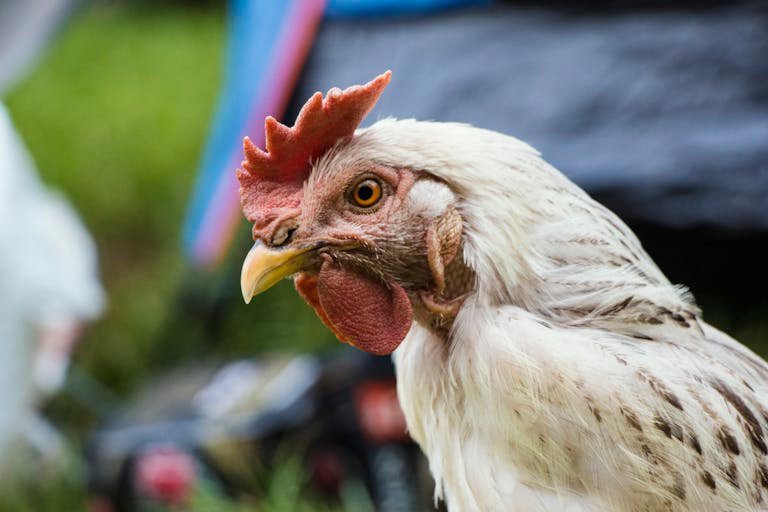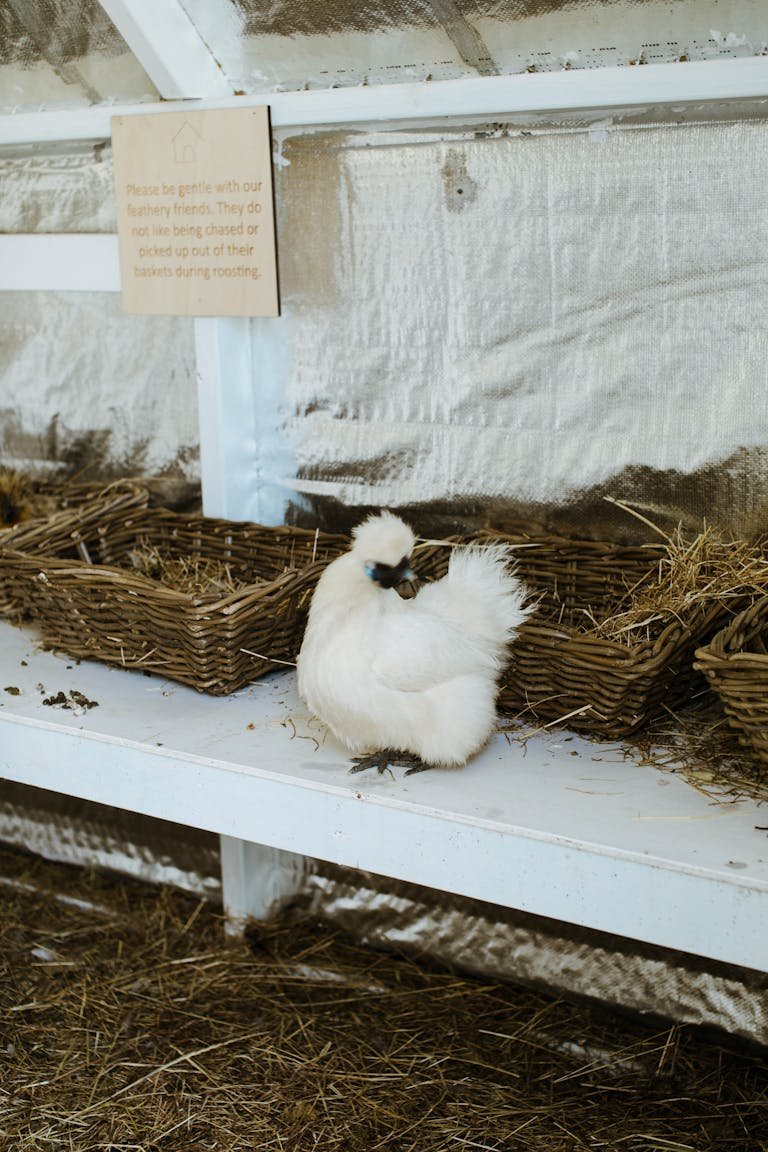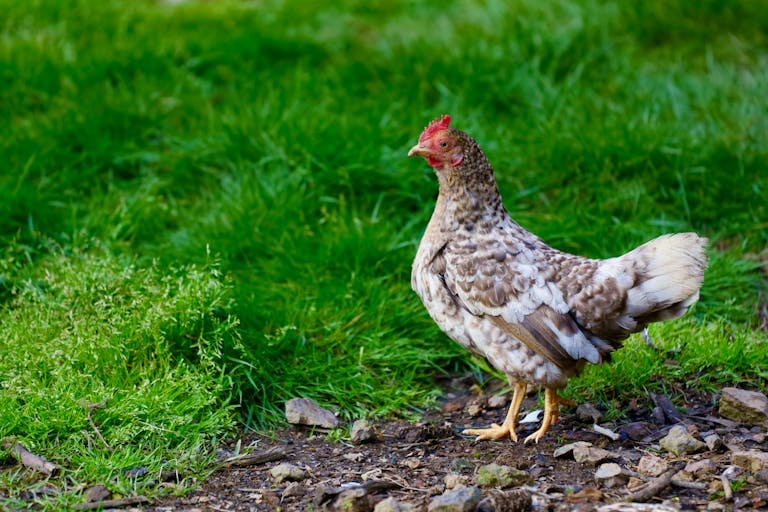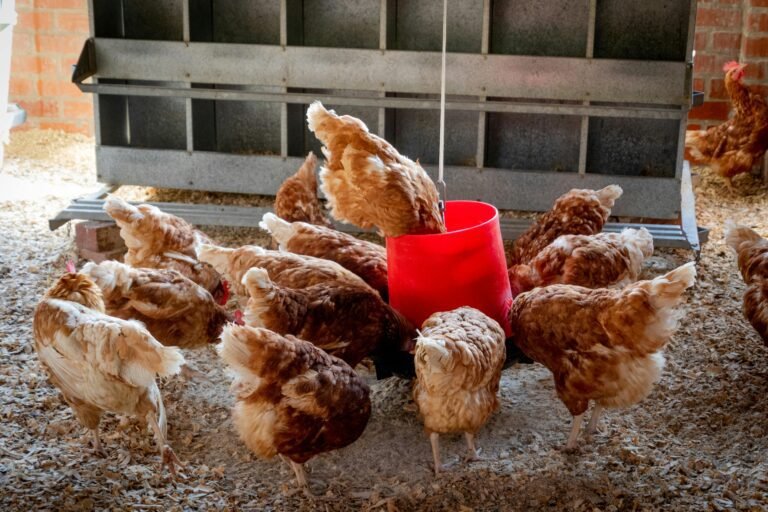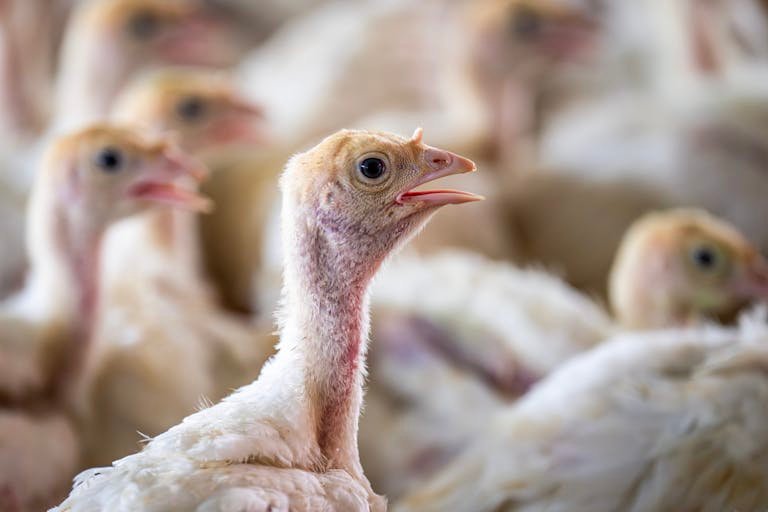How Do Chickens Communicate?
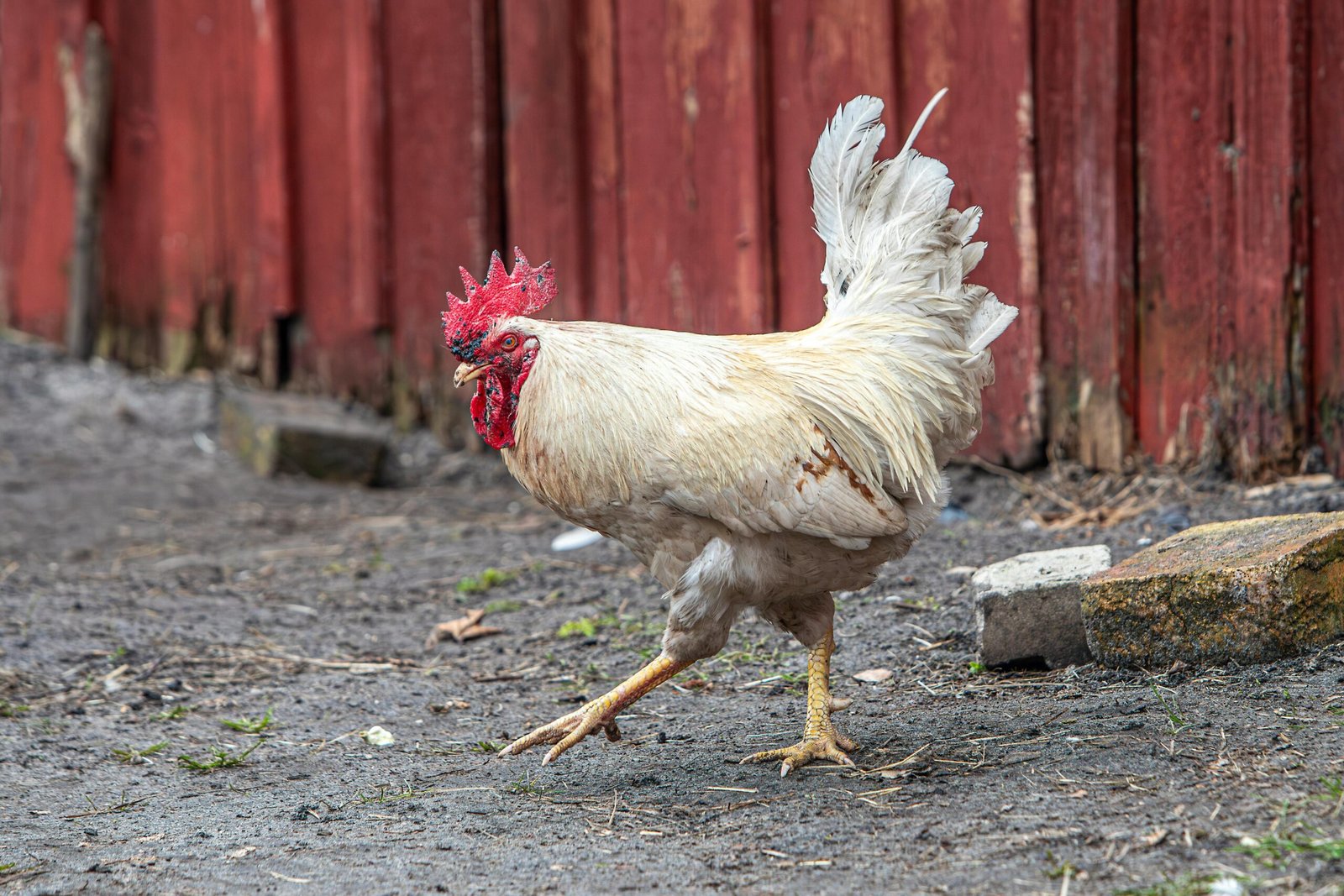
Yes, chickens do communicate, and they do so in fascinating and complex ways. Communication in chickens therefore encompasses much more than the simple chuck and peck sounds that we conventionally attribute to them. They communicate through speaking in various sounds, gestures, and even pheromone releases in a process that is central in their social systems, copulation and foraging.
The Basics of Chicken Communication
Understanding chicken communication is imperative to consider different ways that they can use to pass messages to each other. These techniques can be grouped into vocal communication, physical signals, and pheromones.
Vocalizations
Like all birds of domestication, chickens use their voices to produce a variety of calls each of which performs a different function. Here are some of the most common types of vocalizations:
Alarm Calls
Chickens also have vocalizations where they can alert their fellow birds of any dangers in the surrounding environment. These alarm calls can differ depending on the kind of predator. For instance, a chicken may use a different call to warn others about an overhead threat say a hawk from that of a ground threat like a fox.
Mating Calls
Roosters are well known for making noises, especially during mating seasons. These calls are intended for calling hens and can be of different tones and intensity. The infamous crowing of a rooster serves not only as a mating call but also as a way to establish dominance and territory.
Contentment Sounds
Chickens also vocalize when they are satisfied or are in a state of what could be described as happiness. These vocalizations are low-pitched clicks and coos that are heard when they are rummaging for food or when they are dozing off to sleep.
Distress Calls
These calls are given when the chicken is under threat and involve a repetition of high-pitched notes. This could be due to factors such as being attacked by a predator, being caught in a trap, or getting lost from the group.
Body Language
In addition to vocalizations, chickens use a range of body language to communicate.
Posture and Movement
The posture of a chicken can convey a lot about its current state. For instance, if a hen is sitting low on the ground, it may indicate that it is dominant, but when a rooster stretches its feathers and makes itself bigger, it is a sign that it is dominant.
Pecking Order
The term “pecking order” is used and derived from the dominance order established in the chicken community. Stimuli associated with dominance and submission are expressed through pecking and other activities. Chickens have a dominant hierarchy, and higher-ranking chickens will peck lower-ranking chickens to put them in their place.
Mating Dances
Roosters do captivating dances that compel the attraction of hens. These dances include wing beating display, circular dancing, and foot drumming to showcase their fitness levels as a mates.
Chemical Signals
Finally, the use of chemical signals is also seen in the communication of chickens though it is not as prominent as the use of vocal and body signs.
Pheromones
chickens release pheromones, which are chemical messengers that affect the behavior of other chickens. Such pheromones may present details concerning the reproductive state, disease conditions, or stress levels.
The Role of Communication in Chicken Social Structure
Communication is crucial for the organization of a chicken group hence the development of this communication system. This structure makes it possible to share scarce resources such as food, breeding grounds, and mates most effectively.
Establishing Dominance
Communication is essential in establishing and maintaining the pecking order. Dominant chickens use vocal sounds, movement, and confrontation. The subordinate chickens can easily understand and accommodate these signals, especially since it assists in minimizing conflict within the group.
Mating and Reproduction
Effective communication is effective during mating. In roosters, assertiveness is achieved through vocalization and posturing to attract the hens. Hens, on the other hand, signal their receptiveness to the rooster through postures and even calls. It also plays a major role in the continuation of the flock during procreative acts and copulation.
Caring for Young
Cockerels also have ways of calling their chicks through special notes they produce. These sounds can lead chicks to food, alert them to threats, or soothe them. The chicks are not very young before they are capable of familiarizing themselves with these maternal calls.
The Evolution of Chicken Communication
These types of communications detected in chickens in the present day have taken millions of years to develop. These methods have developed over time through natural selection to increase survival and reproduction.
Natural Selection
These eggs gave a better chance of survival and reproduction to the chicks that were better communicators. For instance, the ones that could adequately alert their flock of potential threats such as predators were likely to breed and produce offspring.
Domestication
Chickens have also undergone some changes in their communication due to domestication especially in the production of eggs and as poultry. People have domesticated and continued selective breeding of chickens for different qualities, including communication attributes. Therefore domesticated chickens may have different aspects of communication than wild-type birds.
Read Also: Veggie Lovers? Cracking the Chicken Diet Code
Final Words
Chickens are social animals that interact through vocal communication, the use of body and signs, and pheromones. This communication is vital for the sustenance of social relations, finding a mate, and the preservation of the group. Knowledge of these modes of communication not only provides insight into these marvelous birds but can also be utilized for agricultural and animal husbandry concerns.

